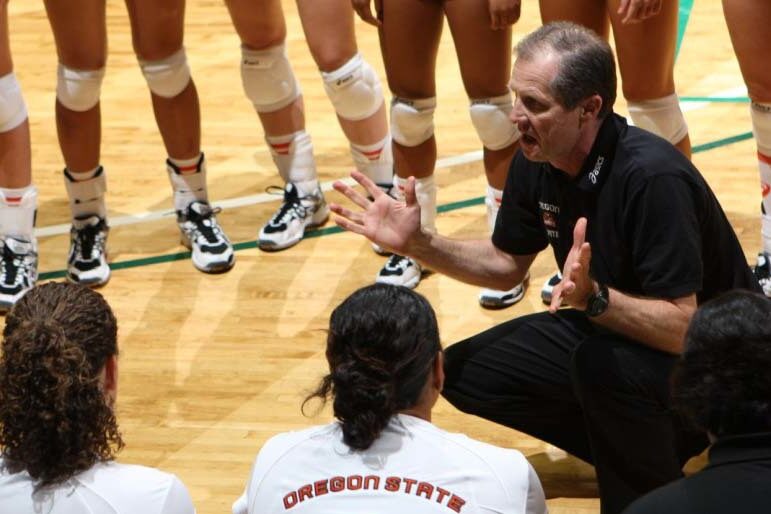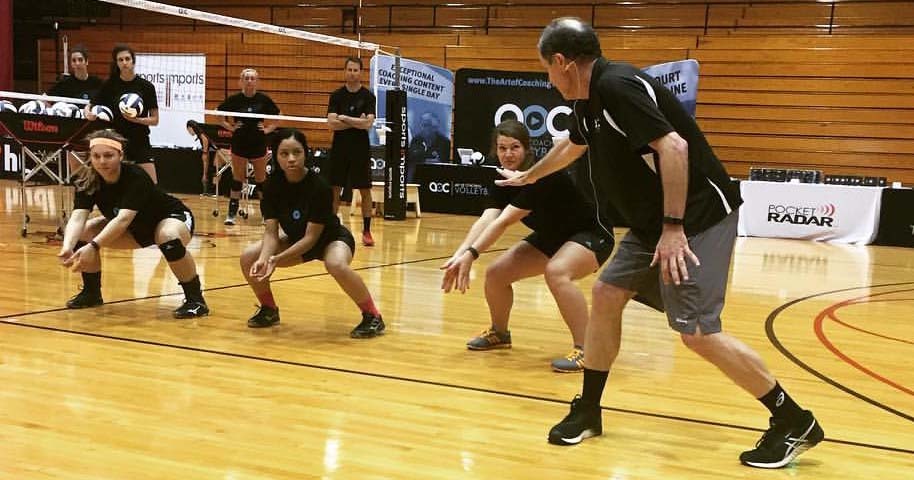Legendary Volleyball Coach Liskevych Is No Stranger to Video’s Power

Terry Liskevych has used video throughout his entire career, but it’s never been easier to get in-the-moment insights than right now.
Few people know volleyball as well as Terry Liskevych. A coaching veteran since the early 1970’s, Liskevych led the U.S. women’s national team for 12 years, garnered dozens of national awards at the college level and co-founded the Art of Coaching video series and website.
A lot has changed since Liskevych began patrolling the sidelines, but there’s been one constant—his devotion to video. He remembers rolling out massive tube monitors onto the practice court and rotating film reels to provide instant feedback to players.
“A picture is worth a thousand words, but a video is worth a million.”

Use It in Practice
Recording matches is extremely important, but Liskevych contends having a bank of practice video might be even more valuable. There’s no time during a match to pull a player aside and correct a mistake. In practice, players have the ability to rewatch every motion and see what they’re doing right and wrong.
“It’s so powerful to correct in real time,” Liskevych said. “It’s not that I film practice and then we watch it after. We put you on a continuous loop so you hit a ball, then you can watch yourself and hit another ball. You can see improvements just by watching yourself perform that. To show people immediate feedback in practice is critical.”
Liskevych shows video to players during practice and also sends them clips afterward for individual review. Watching themselves allows players to see exactly what their coach is talking about and make adjustments more quickly.
“If I’m going to learn to prepare in scouting opponents, it’s important to first scout your own team,” Liskevych said. “I want to know what my team can do and not do. The majority of matches that are won and lost has nothing to do with the opponent. Usually the reduction of errors is going to keep you in the game a long time. How do you get to really looking at yourself and saying, ‘How am I going to get better as a team or an individual?’ That can be so much more important than scouting an opponent.”
We paired with Art of Coaching to create a new eBook that dives even deeper into how to level up your team with video. Check it out here.